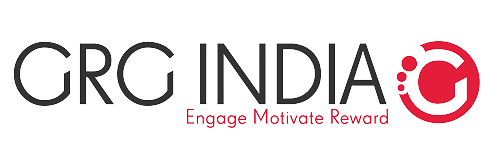How to Calculate Incentives for Employees: A Complete Guide for HR and Business Leaders
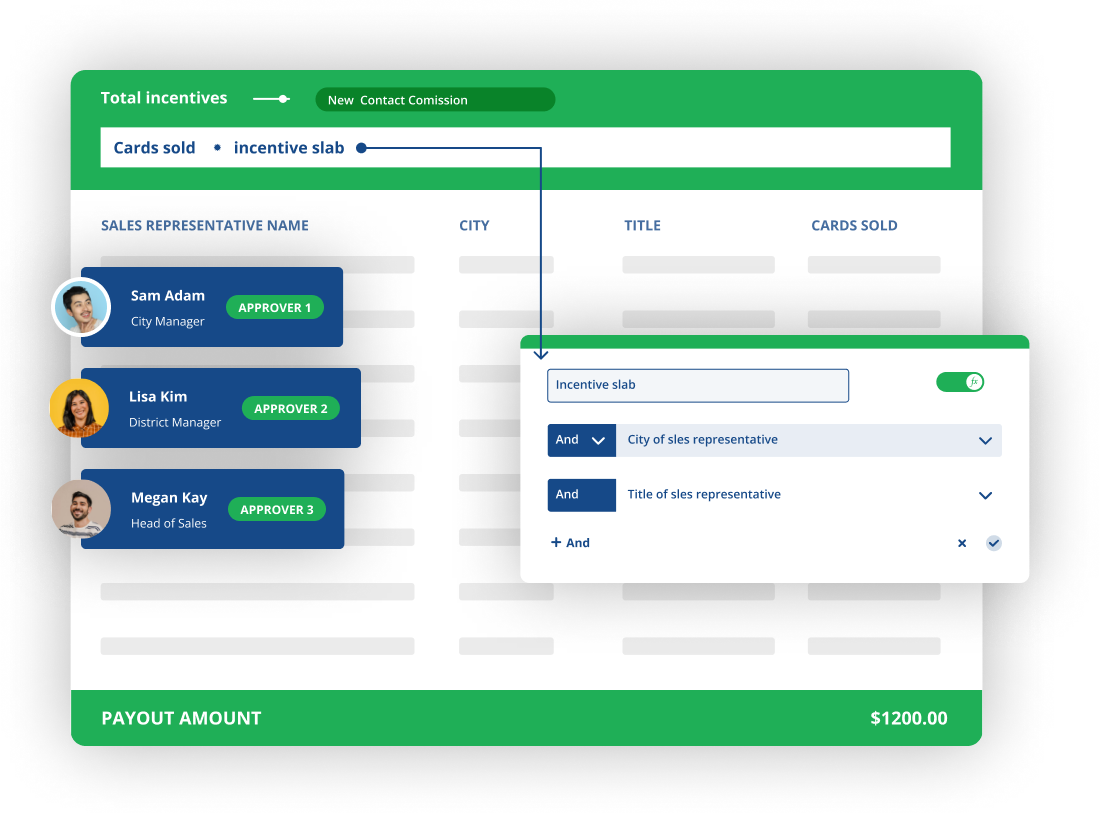
Incentives are more than just a “nice-to-have” — they’re a strategic tool to drive performance, align goals, and retain top talent. Whether you’re managing a fast-growing sales team or leading an operations-heavy workforce, designing and calculating the right employee incentives can significantly impact your bottom line.
However, if incentive calculations are inaccurate, delayed, or lack clarity, they can lead to employee frustration and reduced engagement.
In this guide, we’ll break down how to calculate incentives for employees, step-by-step, and explore how automation platforms like My Incentive by GRG India make the entire process efficient, scalable, and error-free.
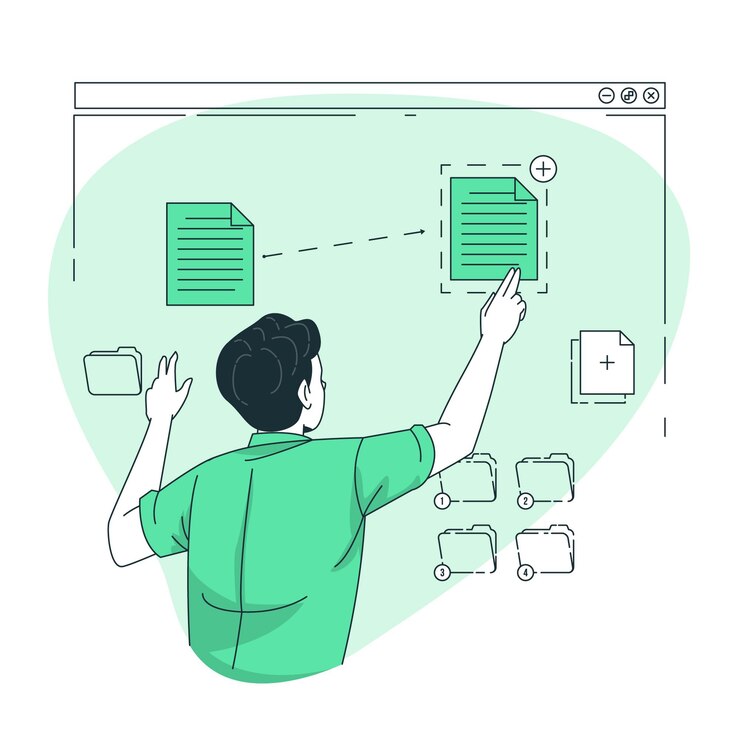
Thinking about implementing an incentive solution for your team?
Schedule a free Proof of Concept session tailored for your brand
Types of Employee Incentives
Before we jump into formulas and calculations, it’s important to understand the different types of employee incentives businesses use:
1. Performance-Based Incentives
Such incentives are directly aligned with performance metrics—including output quality, operational efficiency, and individual productivity—and are typically applied in roles like customer support, administration, and operations.
2. Sales Incentives
Tied directly to revenue generation — these could be commissions, targets, or bonuses for exceeding quotas.
3. Team-Based Bonuses
Distributed across a team or department for achieving collective goals — encourages collaboration and shared ownership.
4. Tenure or Loyalty Bonuses
Rewarding long-term commitment with annual bonuses, milestone rewards, or retention incentives.
5. Non-Monetary Incentives
Includes vouchers, merchandise, travel, experiences, or points — often used alongside monetary payouts to keep engagement high.
💡 Pro Tip: The most successful programs mix monetary and non-monetary rewards to appeal to both financial and emotional motivators.
Key Factors in Calculating Employee Incentives
The right calculation method depends on multiple business variables:
- Job Role & KPIs: Align rewards with what each role influences (e.g., revenue for sales, CSAT for support).
- Fixed vs Variable Pay: Determine the proportion of total compensation that will be performance-driven versus fixed pay.
- Incentive Frequency: Monthly, quarterly, or annual — based on cycle length and business goals.
- Individual vs Team: Choose the payout structure that aligns best with your culture.
- Performance Metrics: Implement clear, measurable, and easily tracked indicators to ensure transparency and objectivity.
Step-by-Step: How to Calculate Employee Incentives
1. Set Clear Performance Goals
Ensure every employee knows what’s expected. Establish performance goals using the SMART model—ensuring each objective is Specific, Measurable, Achievable, Relevant, and bound by time.
2. Define the Measurement Criteria
Are you rewarding revenue, lead conversions, units sold, hours worked, or customer satisfaction? Keep it objective and easily reportable.
3. Choose the Incentive Structure
Decide between:
- Flat Bonuses (e.g., ₹5,000 for achieving 100% of target)
- Tiered Bonuses (₹2,000 at 80%, ₹5,000 at 100%, ₹10,000 at 120%)
- Percentage Commissions (e.g., 2% of net sales)
4. Track Performance in Real Time
Use a CRM, ERP, or incentive management tool to track actual performance against targets.
5. Apply the Formula
Once all variables are in place, apply your incentive formula for each individual/team.
6. Communicate Transparently
Employees should always know what they earned and why. Provide employees with instant access to live performance dashboards and comprehensive payout summaries
Popular Incentive Calculation Formulas (with Examples)
✅ Flat Rate Formula
Incentive = Fixed Bonus Amount
Example: If a delivery associate meets 100% of his target, he receives ₹3,000.
✅ Percentage-Based Formula
Incentive = Total Sales × Commission Rate
Example: A salesperson achieves ₹2,00,000 in net sales. At 2% commission, they earn ₹4,000.
✅ Tiered Bonus Formula
Tier 1: 80% target = ₹2,000
Tier 2: 100% target = ₹5,000
Tier 3: 120% target = ₹10,000
Example: An employee hits 115% of the target. They qualify for Tier 2 and receive ₹5,000.
✅ Points-Based Formula
Incentive Points = (Units Sold × 10) + (Customer Feedback Score × 100)
Points are then redeemable for gifts or vouchers on a reward catalog.
Mistakes to Avoid While Calculating Incentives
- ❌ Ignoring Role-Relevance: Sales formulas for HR teams? Not a fit. Customize per function.
- ❌ Lack of Clarity: If employees don’t understand the rules, they won’t trust the program.
- ❌ Manual Calculation Errors: Excel might work for 10 people — but not for 1,000.
- ❌ One-Size-Fits-All Approach: Junior and senior roles need different structures.
- ❌ No Performance Tracking System: If it’s not tracked, it can’t be rewarded fairly.
How Digital Platforms Like My Incentive Simplify It All
Manual calculations are time-consuming, error-prone, and lack transparency. That’s why forward-thinking organizations use incentive automation platforms like My Incentive by GRG India.
✅ Key Benefits:
- Custom rule engines for any role or industry
- Real-time dashboards for employees and managers
- Automated payouts and reports
- Seamlessly sync data by integrating with CRM and ERP systems for a smooth flow of information.
- Built-in reward catalog for instant redemptions
🎯 With My Incentive, you can run complex, multi-level incentive programs — without the spreadsheet headache.
Conclusion: The Right Incentive Formula Powers Performance
When done right, employee incentives drive focus, reward results, and foster a culture of achievement. But getting the calculation right — consistently — is critical to building trust and getting buy-in.
Automating the process with a platform like My Incentive ensures your team spends less time calculating and more time celebrating.
✅ Ready to Transform Your Incentive Strategy?
Let GRG India help you set up a smart, scalable, and seamless incentive program for your team.
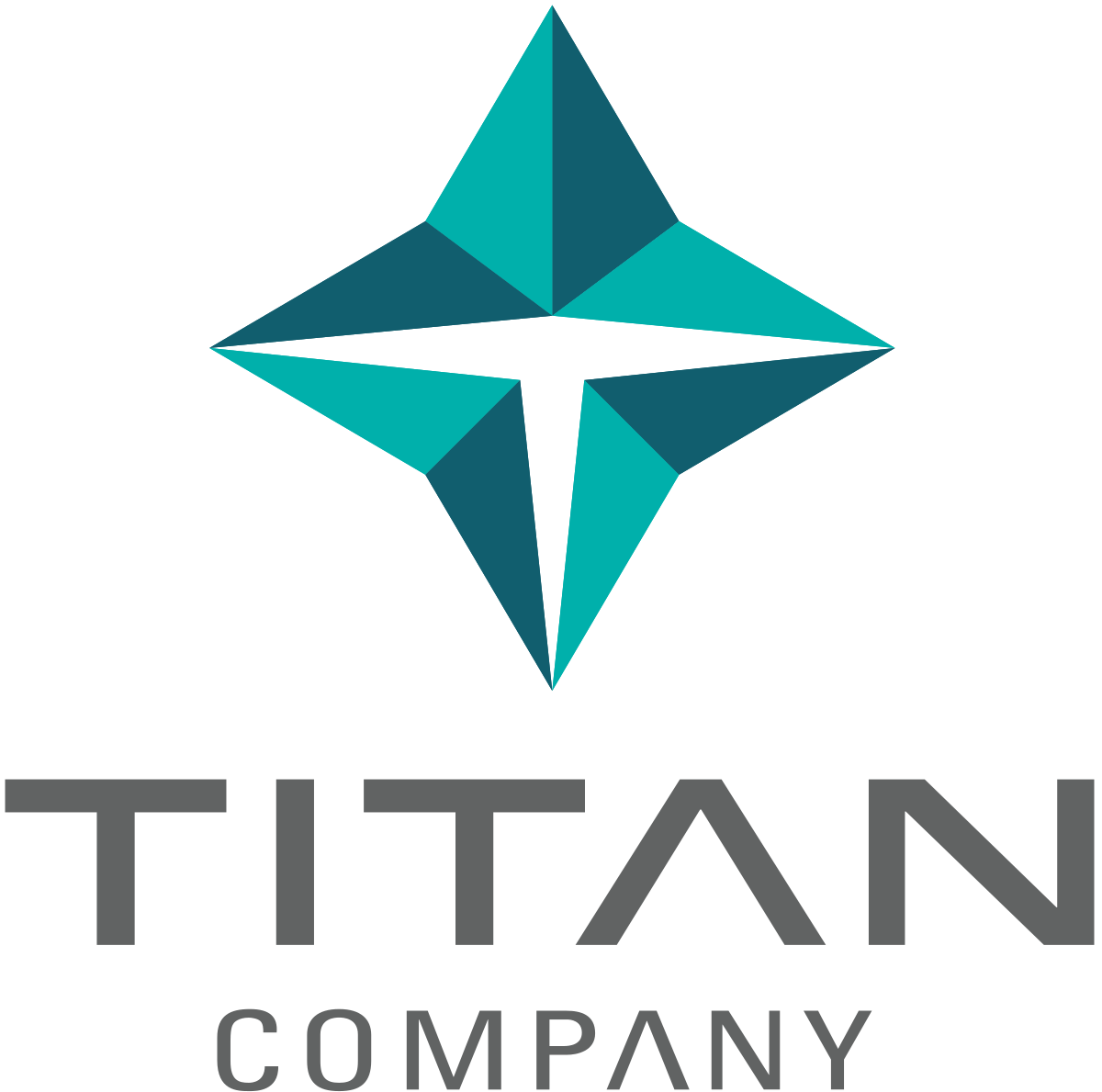
- Real-time visibility allows teams to track progress instantly, adjust strategies on the fly, and maintain motivation.
- Gamification taps into natural competitive instincts and fosters engagement. Features like leaderboards, badges, and micro-challenges turn routine tasks into achievable goals, keeping reps motivated during long campaigns
- Traditional programs often rely on manual processes, delayed payouts, and rigid structures. Modern solutions prioritize agility—real-time tracking, instant rewards, and customizable campaigns that align with shifting market needs (e.g., promoting sunscreen during a heatwave).
- Absolutely. While monetary rewards drive short-term results, non-monetary incentives (e.g., public recognition, experiential rewards, or skill-building opportunities) boost long-term morale and loyalty.
Built-in learning modules or product guides allow reps to access training materials directly within the incentive platform.
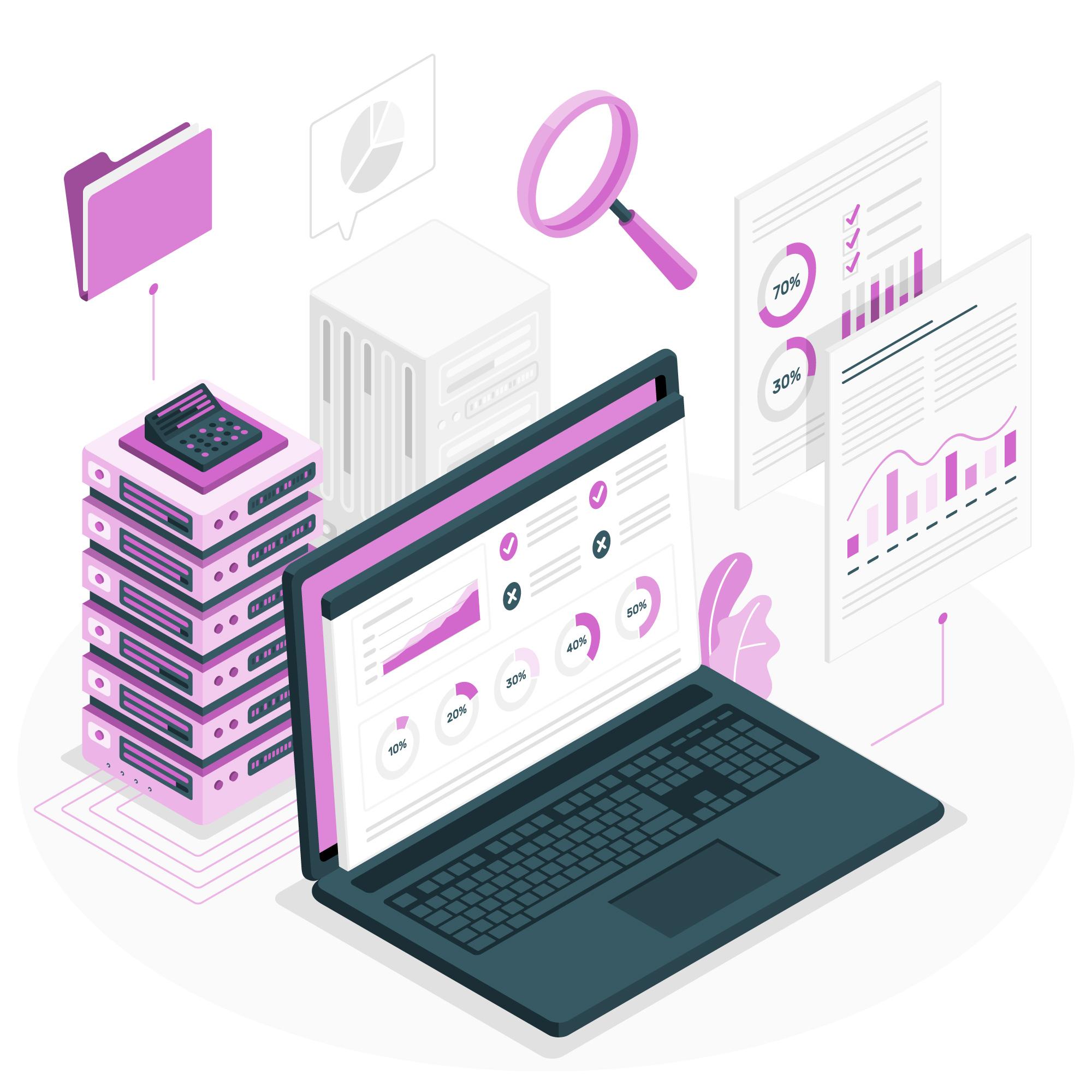
Ready to take your incentive program to the next level?
Schedule a free Proof of Concept session tailored for your brand

Ready to take your incentive programs to the next level?
Schedule a free Proof of Concept session tailored for your brand
- Real-time visibility allows teams to track progress instantly, adjust strategies on the fly, and maintain motivation.
- Gamification taps into natural competitive instincts and fosters engagement. Features like leaderboards, badges, and micro-challenges turn routine tasks into achievable goals, keeping reps motivated during long campaigns
- Traditional programs often rely on manual processes, delayed payouts, and rigid structures. Modern solutions prioritize agility—real-time tracking, instant rewards, and customizable campaigns that align with shifting market needs (e.g., promoting sunscreen during a heatwave).
- Absolutely. While monetary rewards drive short-term results, non-monetary incentives (e.g., public recognition, experiential rewards, or skill-building opportunities) boost long-term morale and loyalty.
Built-in learning modules or product guides allow reps to access training materials directly within the incentive platform.
